Black Friday and Cyber Monday: Sales Boost or Sales Tax Burden?

Summary
Black Friday & Cyber Monday (BFCM) Tax Implications: Explores how the holiday sales boom can push online sellers past state economic nexus thresholds, creating immediate sales tax obligations.
Economic Nexus Compliance: Key thresholds are typically USD 100,000 or 200 transactions (often cumulative), demanding immediate registration, collection, and remittance of sales tax.
2025 Preparedness: Highlights the need for online sellers to incorporate pre-season nexus checks, automate sales-by-jurisdiction reporting, and monitor thresholds in real time to avoid tax audits and penalties.
Vulnerable Sellers: Addresses complexity for marketplace sellers, those combining sales on different platforms, and sellers of digital goods and services due to variations in state rules.
🎧 Prefer to Listen?
Get the audio version of this article and stay informed without reading - perfect for multitasking or learning on the go.
Black Friday and Cyber Monday are the peak of the retail year, bringing record traffic from many online sellers, rapid revenue growth, and a much-needed boost to annual results. However, this can also create tax consequences. A sudden surge of cross-border sales over a short period of time can push an otherwise unregistered seller past a state’s economic nexus threshold, creating immediate obligations to register, collect, and remit sales tax.
Adobe's 2025 holiday season forecast projects that this year's Cyber Week, 5 days including Thanksgiving, Black Friday, and Cyber Monday, will drive 17.2% of overall spend this season, totaling USD 43.7 billion, a 6.3% year-over-year growth. While this represents an opportunity for growing businesses to further secure their place in the online and e-commerce markets, it may also bring new challenges and obligations.
What are Black Friday and Cyber Monday (BFCM)?
Initially, Black Friday was the day when brick-and-mortar retailers offered substantial discounts to attract large crowds of shoppers, signaling the transition from losses, marked in red, to profits, known as black, in their accounting reports. However, this is the reason why the event got its name.
The term Black Friday was coined in the 1950s by Philadelphia police officers to describe the chaotic day after Thanksgiving. As massive crowds of shoppers and tourists would pour into the city ahead of the annual Army-Navy football game, creating heavy traffic, packed stores, and a surge in shoplifting, police had to work extra hours to manage the disorder, so they began calling the day Black Friday.
Over time, the name stuck, and the event expanded globally, transitioning from in-store promotions to online sales and adapting to the e-commerce economy. Cyber Monday was introduced in 2005 as the online counterpart to Black Friday, and the name was inspired by the fact that people were shopping online from their work computers because they had better internet access than at home.
Combined, the BFCM became the most significant shopping event of the year, marking the start of the holiday retail season. Notably, Cyber Monday became the biggest online shopping day of the year and is expected to generate USD 14.2 billion in revenue for online sellers in 2025, a 6.3% increase over 2024.
BFCM and the Impact on Economic Nexus
Following the well-known 2018 Supreme Court decision in South Dakota v. Wayfair, most US states adopted economic nexus rules, which were followed by specific rules for marketplace facilitators. Under the economic nexus rules, most states set a threshold, typically framed as USD 100,000 or 200 transactions, and exceeding either one creates a duty to register for, collect, and remit sales tax.
Notably, there are some variations among US states on the thresholds, and the common trend is the removal of the 200-transaction threshold, leaving only the amount threshold in effect. However, this only adds to the complexity for online sellers to keep up with evolving economic nexus rules.
An additional issue is that many online sellers do not understand that thresholds are often cumulative. This means that a few months of increased sales, such as those during the holiday season, can push year-to-date totals past a threshold even if everyday sales would not. Consequently, exceeding the threshold and establishing the nexus requires sellers to register within a short window and begin collecting for subsequent sales.
Identifying Vulnerable Jurisdictions
For online sellers, it is not only the economic nexus thresholds that might create sales and use tax issues. From one state to another, online sellers must determine what is calculated towards the threshold. This might be particularly challenging for marketplace sellers and those who combine sales on marketplaces with sales on their own websites and online stores. Additionally, sellers of digital goods and services may find it particularly challenging to determine the taxability of their sales.
The variety of rules and requirements means sellers with thin margins, cross-border shipping, or promotional campaigns targeted at specific regions must map where their customers are located and how each US state defines economic nexus. The primary resources or tools that make completing this task more manageable are tax technology providers and state-by-state guides.
Implications for 2025 BFCM Compliance
Looking ahead to the upcoming holiday season sales, which include BFCM, several practical realities stand out. First, as stated in the Adobe 2025 forecast, this season's volumes are large enough that many sellers who were previously below state thresholds could exceed them during BFCM.
Secondly, legislative changes are continuing. While many states simplified the threshold or removed the transaction count, others tightened definitions of taxable transactions and marketplace facilitator rules, and broadened the tax base in the process. Additionally, for sellers already registered for sales tax purposes, an increase in sales volume and revenue affects the amount of due taxes, which ultimately may require a different tax return filing frequency.
The implications of the current environment are such that the classic holiday playbook, discount heavily, capture market share, reconcile post-season, must now incorporate pre-season nexus checks and post-season action plans. Consequently, even the currently small sellers could become liable for sales and use tax purposes. They should consider automating sales-by-jurisdiction reporting, integrating marketplace data, and consulting counsel or a tax automation vendor before running high-volume promotions and making record-breaking sales.
Conclusion
BFCM is a robust growth engine that can significantly boost sales and revenue for many online sellers. However, these positive results do not come without potential lasting tax consequences. Therefore, what might appear to be a successful holiday campaign can easily translate into unexpected sales tax obligations. Moreover, if online sellers are not adequately prepared, they can easily turn a perfect sales season into a tax audit and penalties.
To remain compliant and avoid ending up on the losing side, due to non-compliance penalties, back taxes, interest, and tax audits, regardless of sales and revenue growth, online sellers should project geography-specific sales, monitor thresholds in real time, and have registration and collection workflows ready.
Source: Adobe, Shopify, VATabout -Tax Guides and Resources, VATabout- Key Factors to Consider When Outsourcing Indirect Tax Compliance in the Digital Economy, VATabout -Taxability Rules for Online Courses & E-Learning Platforms: VAT, GST, and Sales Tax Explained, VATabout - US Sales Tax & Retail Delivery Fee Implications for E-Commerce Businesses

Featured Insights

Angola’s E-Invoicing Mandate: Phased Implementation Continues Into 2026
🕝 December 10, 2025
VAT Deduction and Business Succession: When Do Advisory Costs Serve the Company’s Interest?
🕝 December 8, 2025
Europe’s Plastic Fiscal Shift: Why Italy’s Plastic Tax Now Starts in 2027
🕝 December 3, 2025
The Decline of Low-Value Import Exemptions: Closing Gaps in Cross-Border E-Commerce
🕝 November 20, 2025More News from United States
Get real-time updates and developments from around the world, keeping you informed and prepared.
-e9lcpxl5nq.webp)


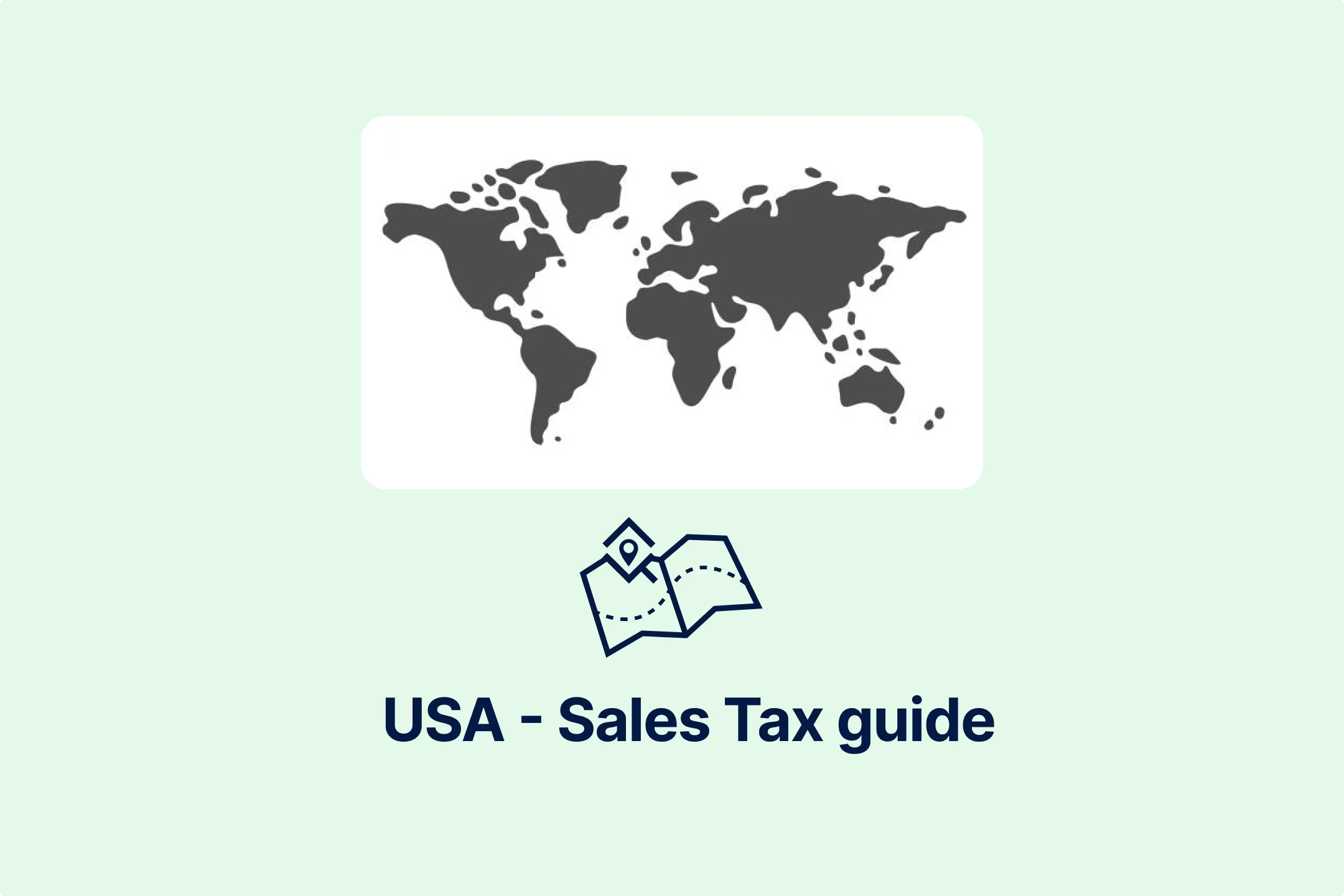

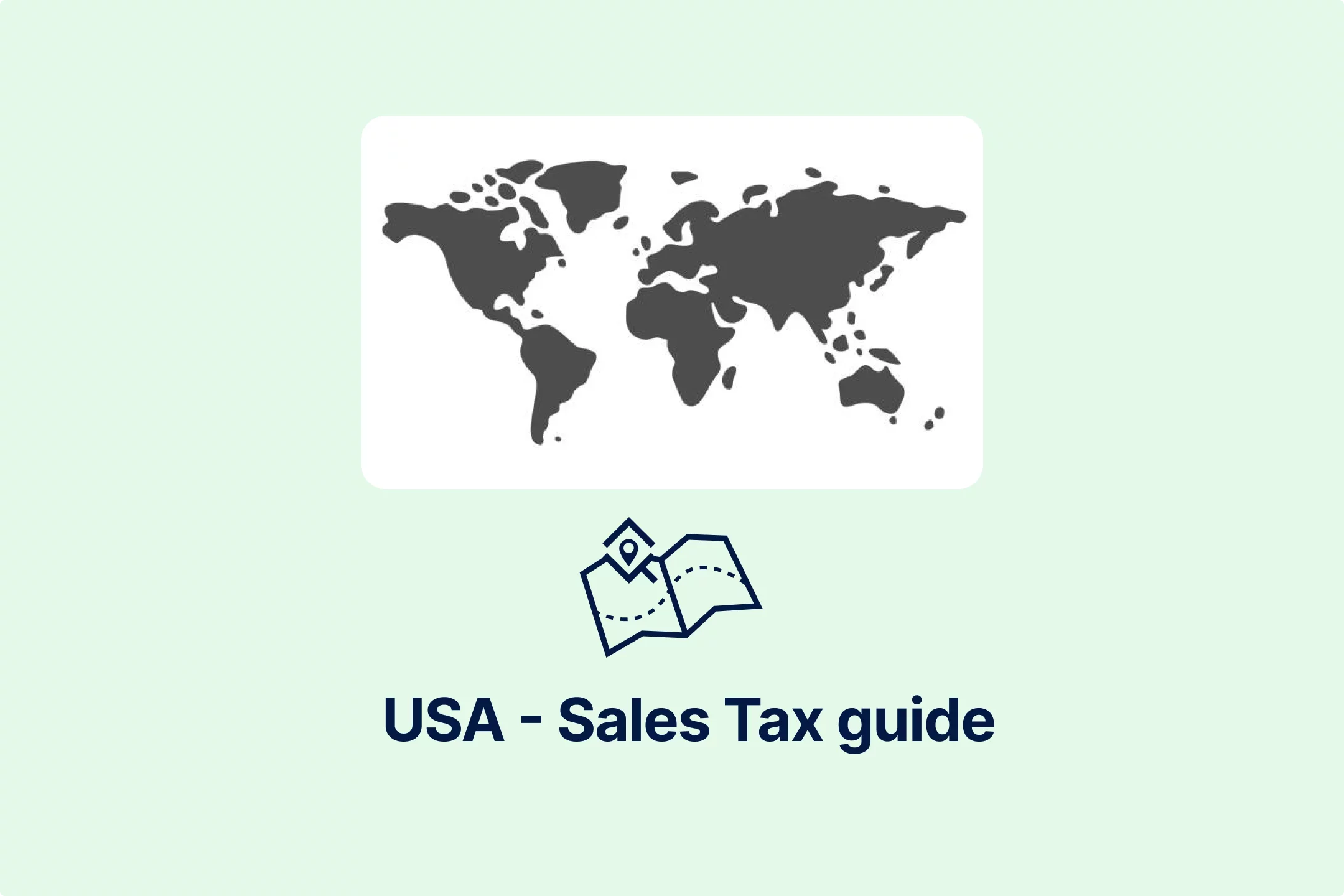


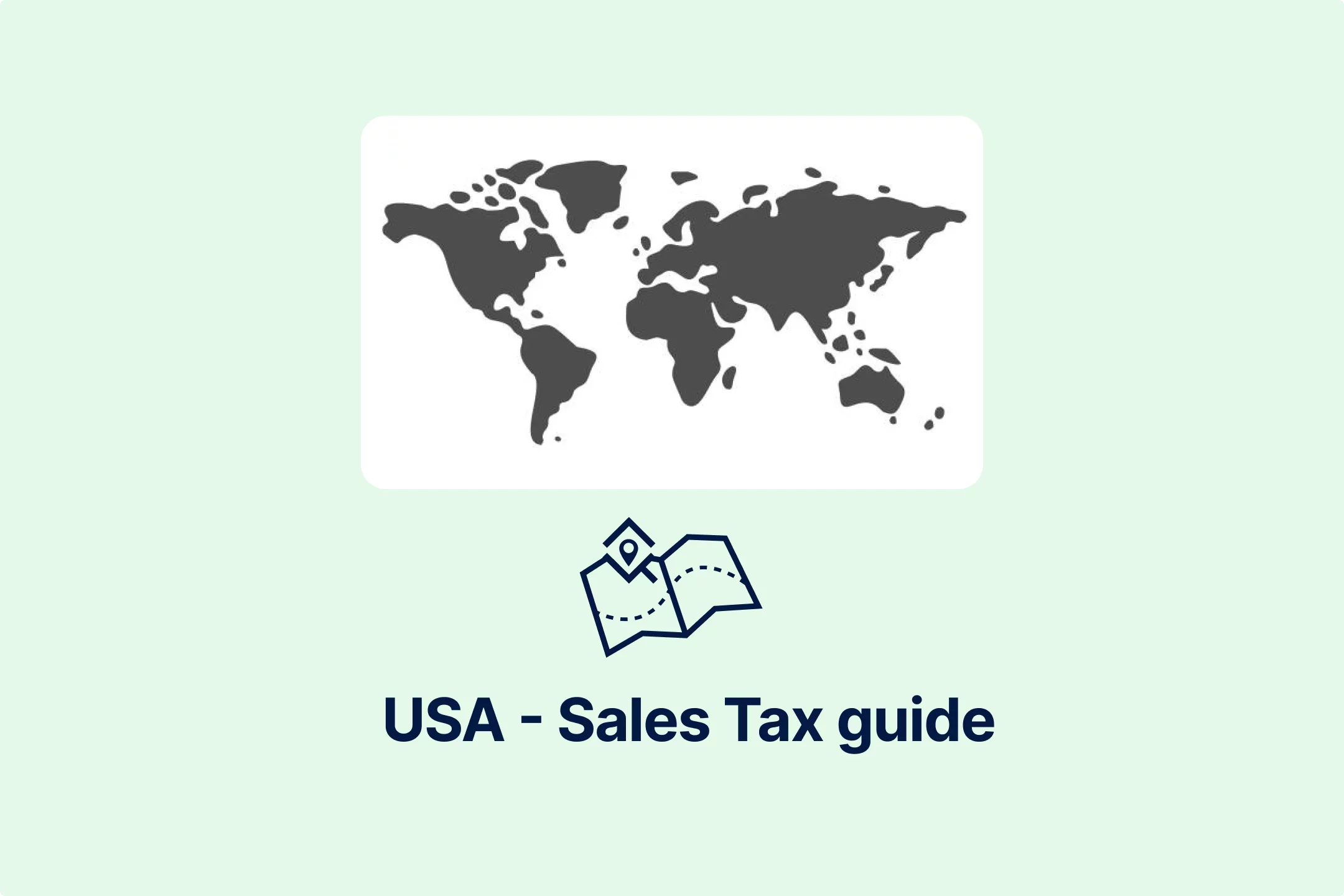


-sug7vykj81.webp)

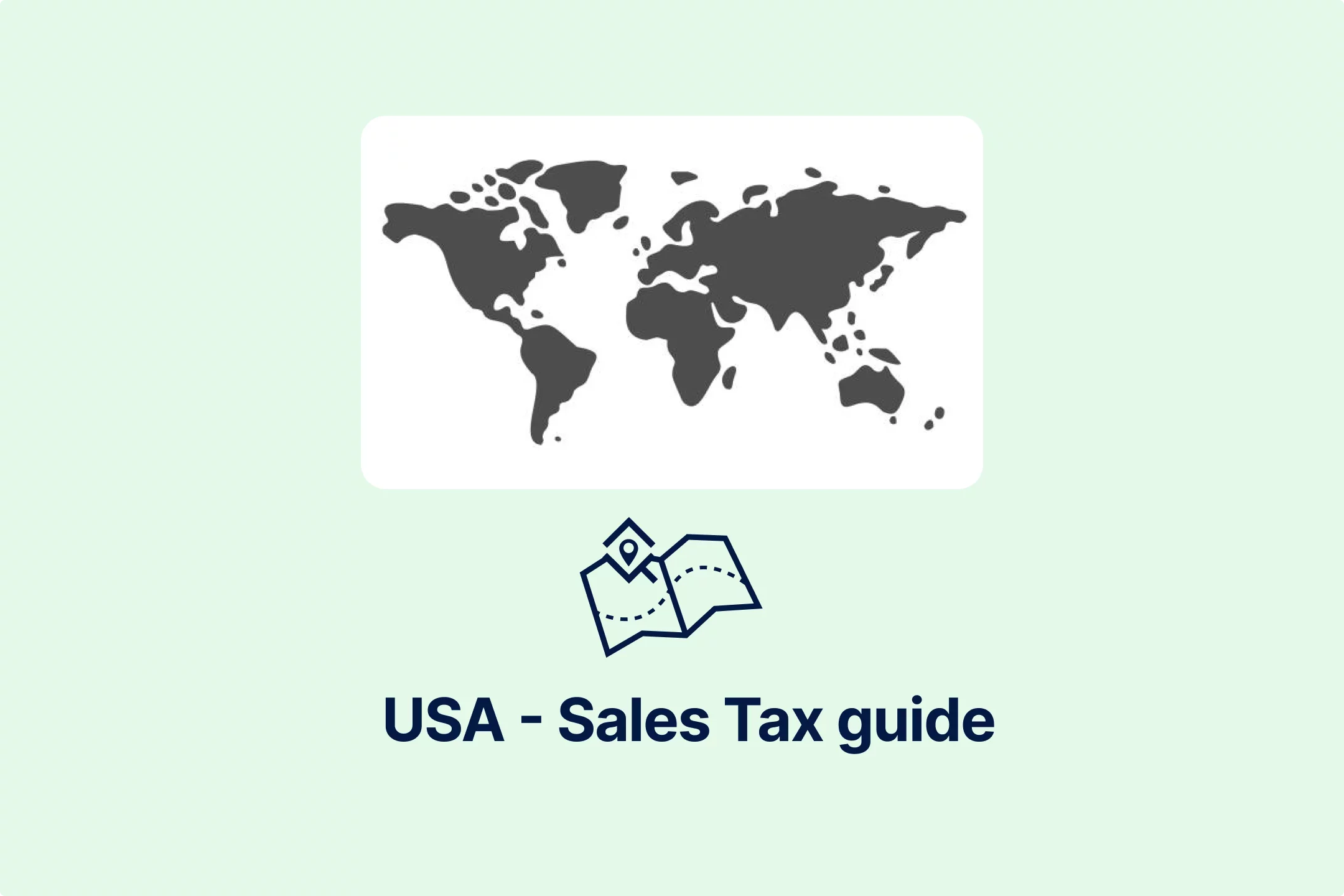



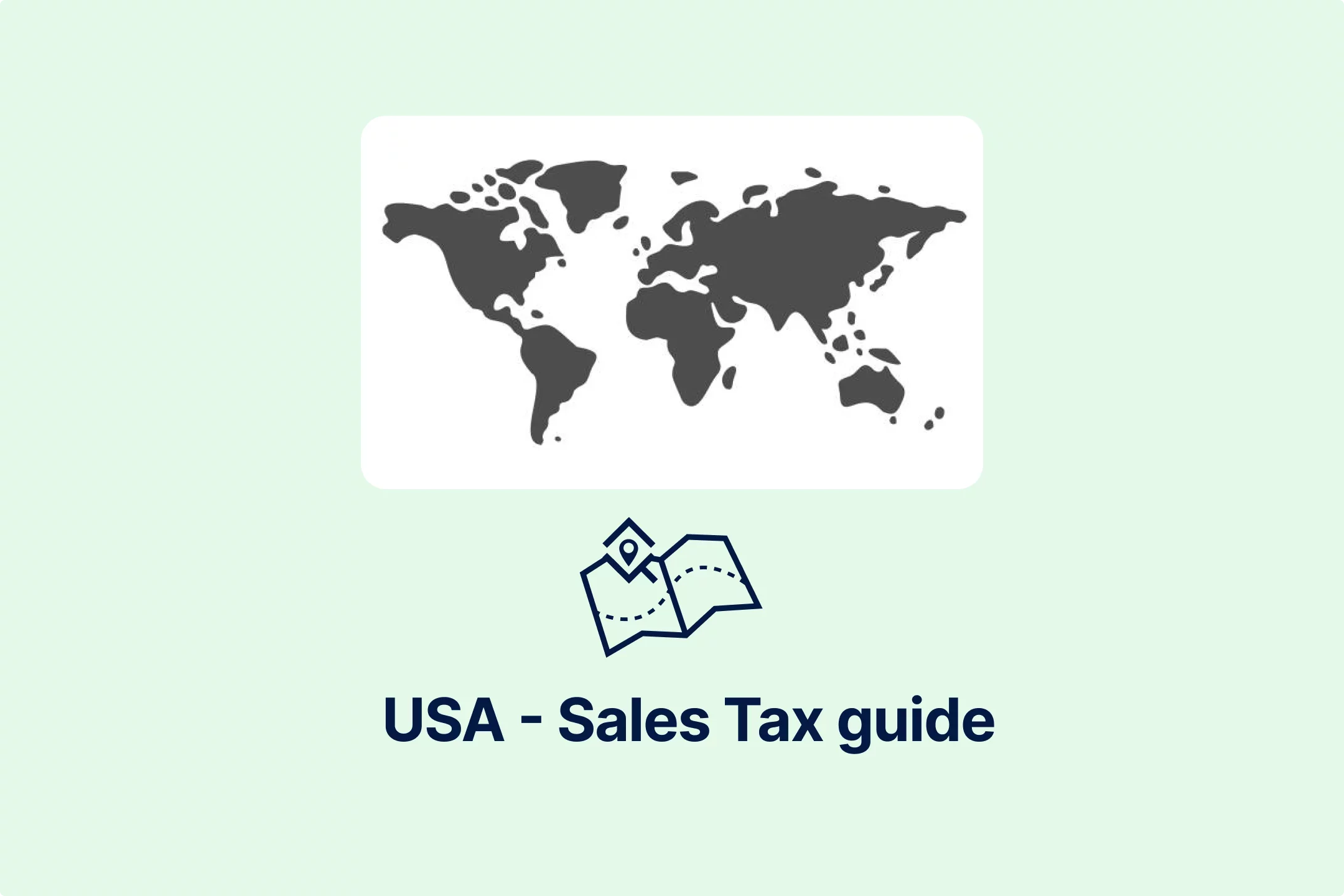





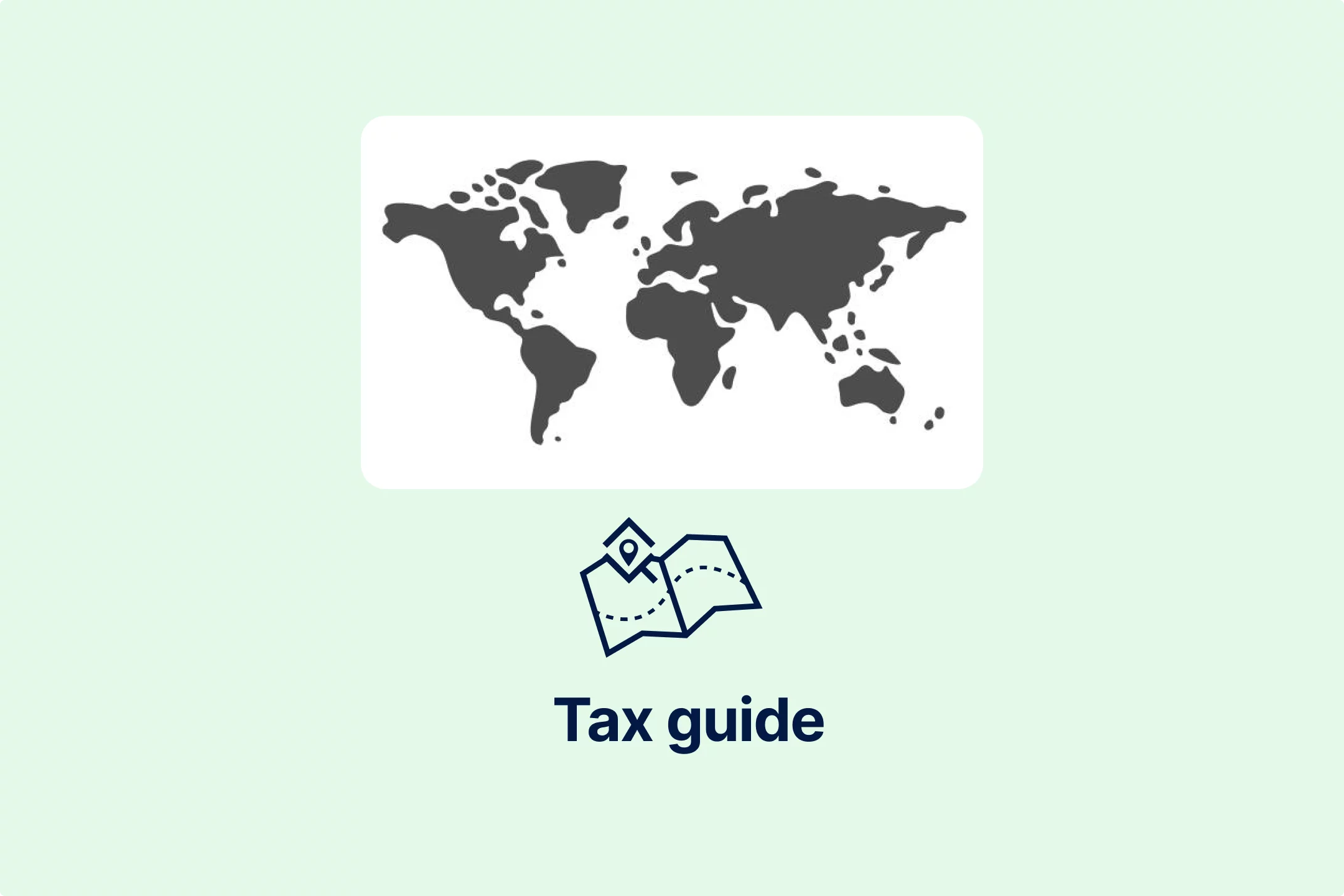


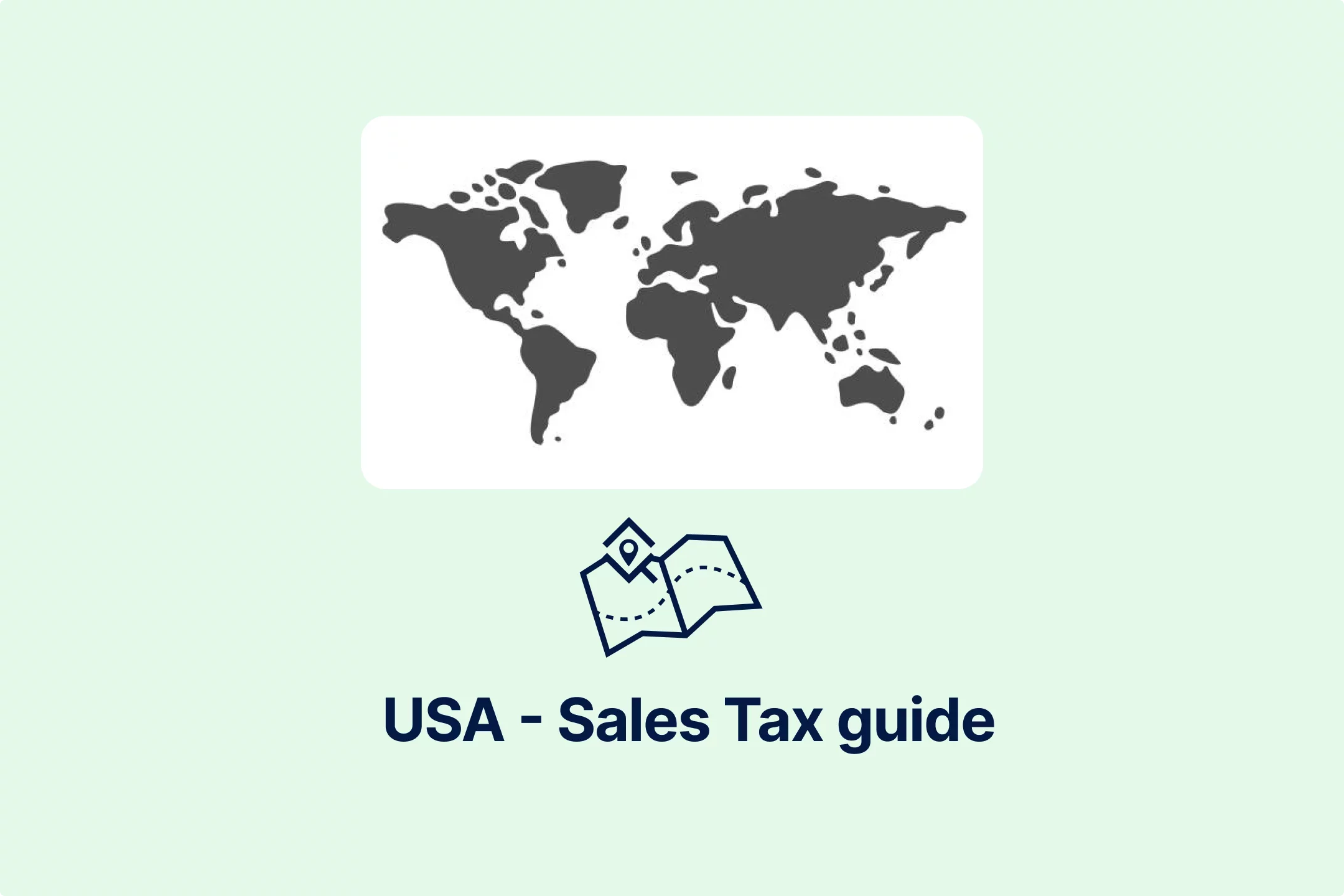

-pofe7ucwz3.webp)
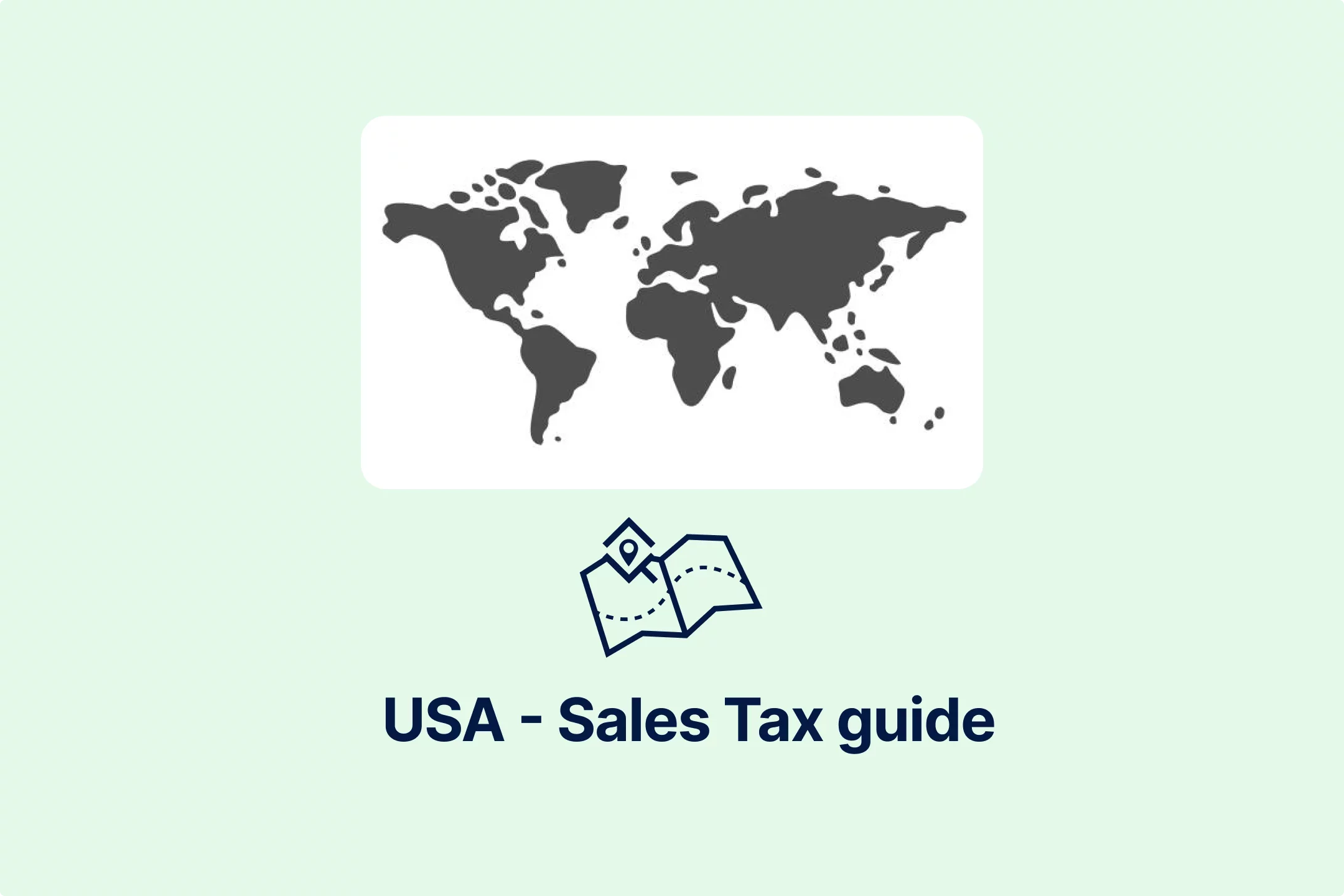
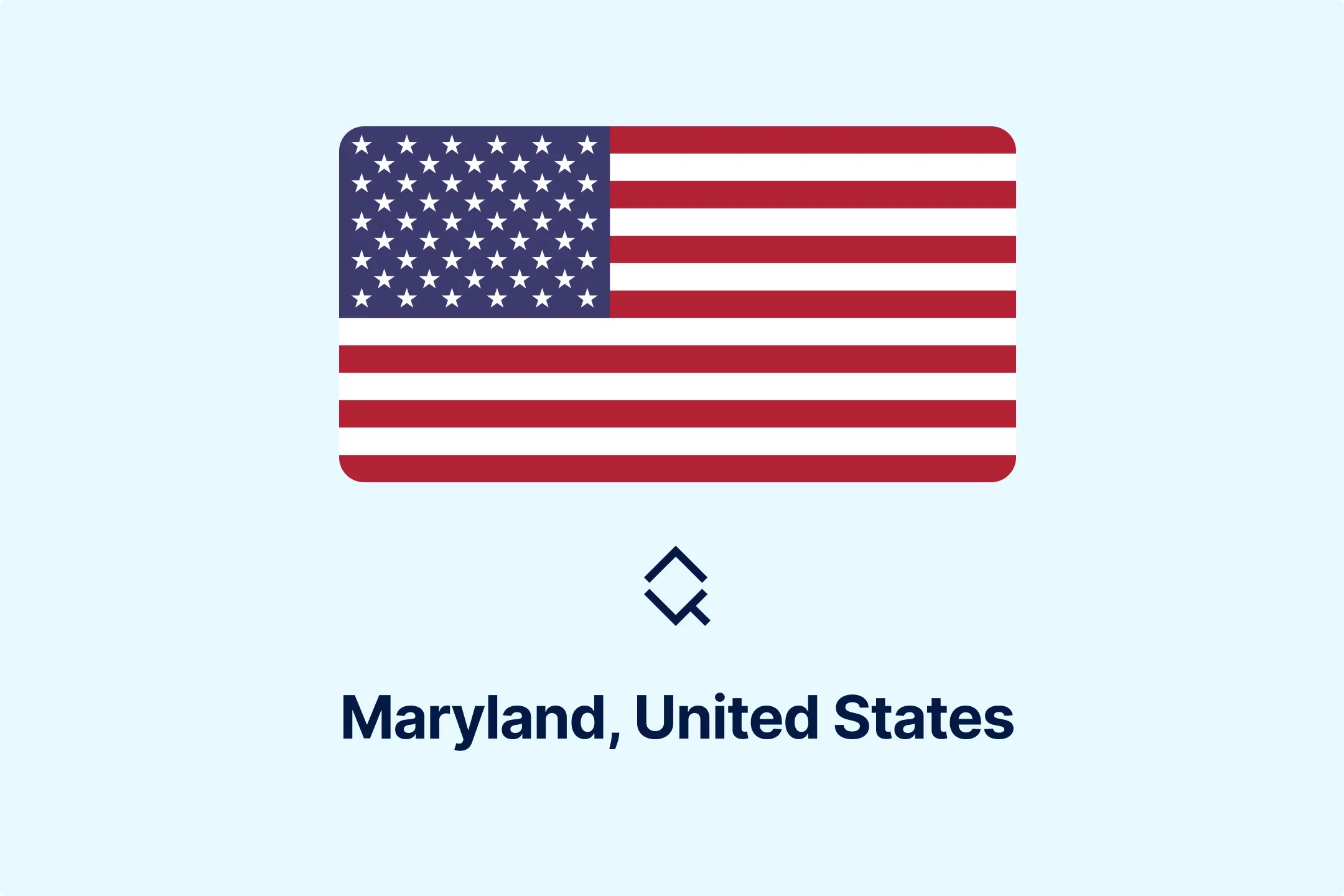





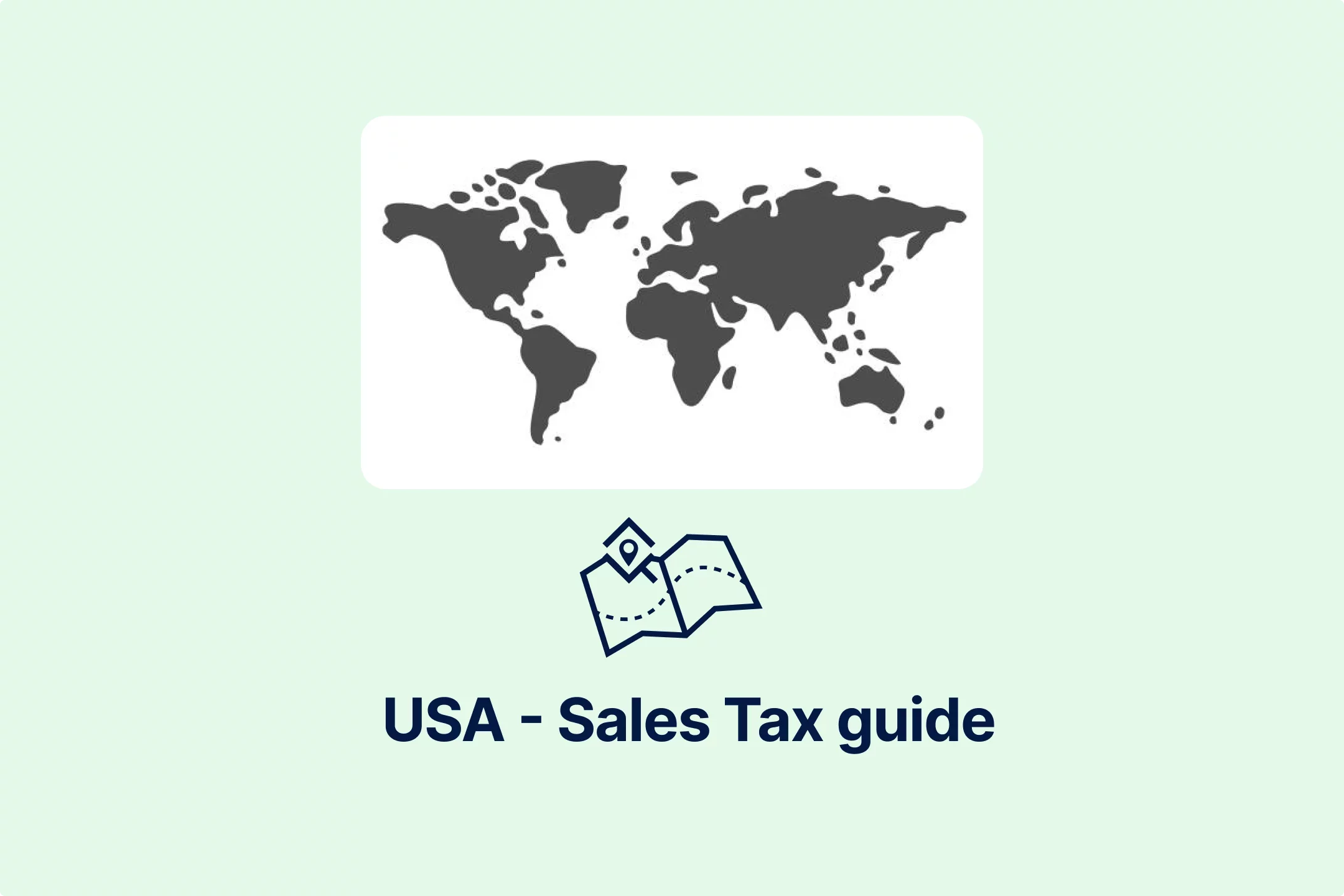

-de8hdb1bn3.webp)
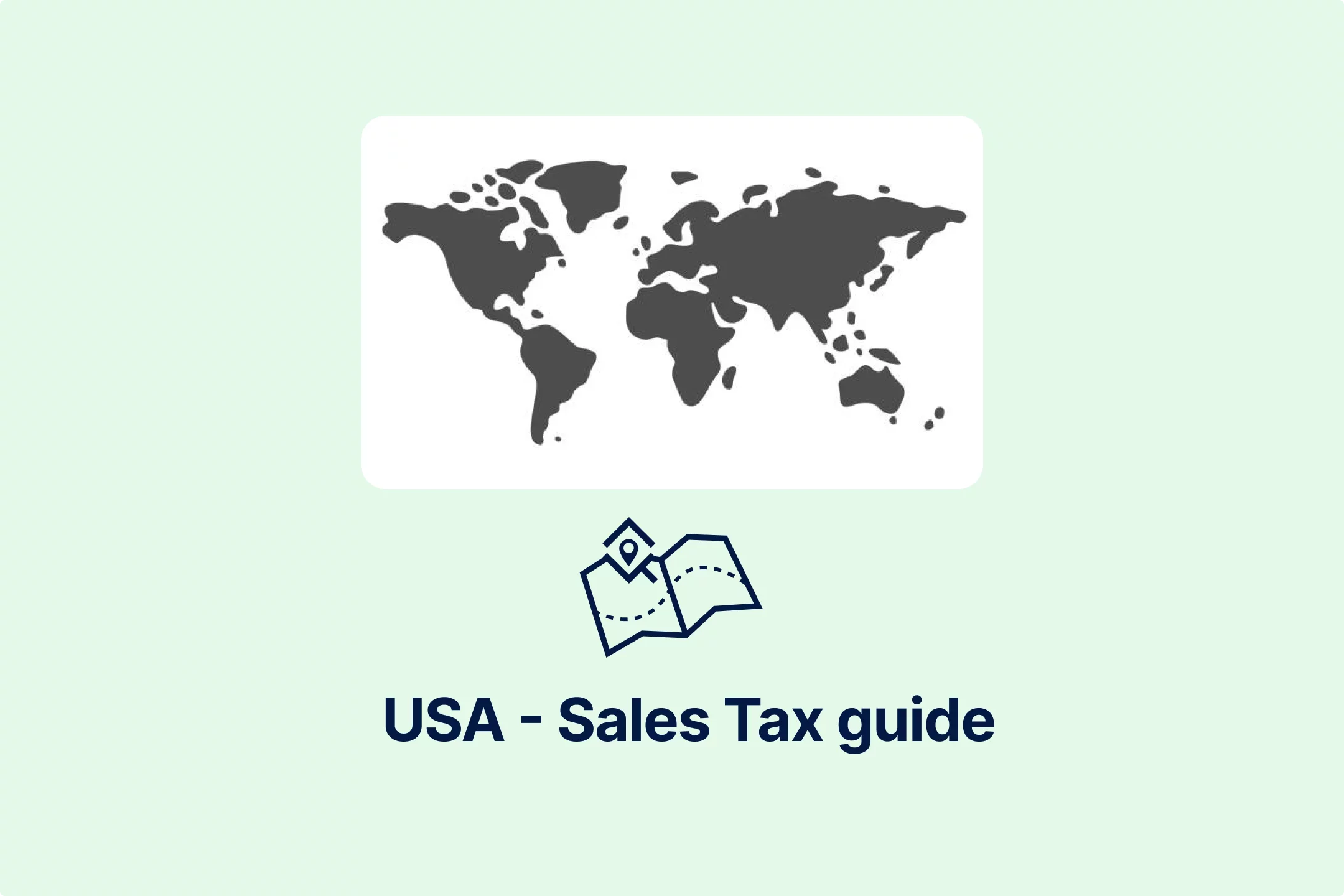







-xbhr0m4jsb.webp)


-ae6fi6cjox.webp)














-b0fpsws1w1.webp)





















-x78wuofpzj.webp)
















-b44f1vjl1i.webp)

-priw8nq5xc.webp)


.png)

.png)






























